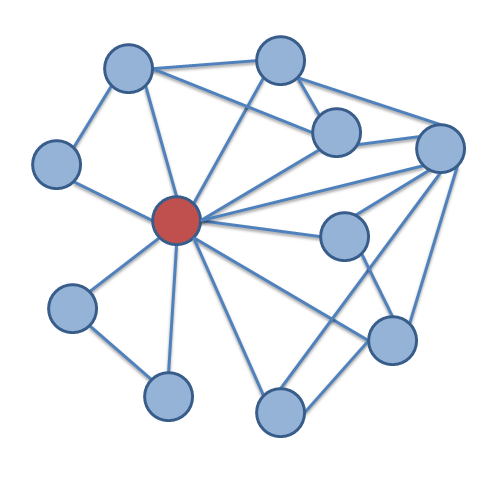This is the story of one of the early Communities of Practice at BP, and is a good example of how a community may spontaneously arise from the needs of the members, using the simplest of community tools.
 |
| Image from commons.wikimedia.org |
The story is taken from
"The evolution of networks at BP Amoco" by Nick Milton and Walt Palen, published in Knowledge Management, Vol. 3, Issue 8, May 2000
3D-reservoir modelling is a technique used in oil companies to improve the understanding of oil and gas fields, by building detailed computer models of the underground reservoir layers. A better reservoir model leads to better reservoir management and so to better reservoir performance (more oil, faster oil, less water and so on). These computer models are extremely detailed and complex, and may contain many million cells.
3D modelling was [at the time of this story] a fairly immature science. It only started to move out of the research centre into the business units in the early 1990s. Recently, the software vendors have been producing software for the task, which anyone can use. This has broadened the use of the technique, but exposed the immaturity of the science, and resulted in a growing number of practitioners with a need to learn from each other.
A conference in BP in April 1996 highlighted the need for a network of reservoir modellers, and Ray King (an experienced geophysicist from Aberdeen) volunteered to organise the network. He based the community processes around an email discussion forum, initially on a list server, but later moving to MS Exchange public folders. Ray recalls:
"Once we had it rolling in October 1996, it took off, and there was plenty of email traffic. People got the hang of being able to reach over 40 technical professionals reliably, and get messages back. They can participate in the discussion, or can view the messages without committing to being on the list. The visible network, that is, those who are on the mailing list, now [1999] contains over 100
practitioners, some well-versed in 3D-reservoir modelling, others keen to learn. Many are practitioners in remote offices; places like Caracas or Kuwait.".
There is also an invisible network, people who access the public folder and participate passively: They may decide to join in visibly, or not. If they do, they subscribe voluntarily by sending a note to Ray, and he puts them on the mailing list.
For a year or two, the knowledge generated by the 3D Modelling network resided, unsorted, in the many hundred of messages in the public folder. Ray and the network realised that this was not the ideal solution; knowledge was becoming hard to find, and the same questions were being raised time and again. The 3D modellers network have now set up an intranet site, where they store and share distilled knowledge, frequently asked questions, and best practice.
The network receives no funding from the central organisation, but involves very little expense. Ray King spends about 5% of his time organising the network, which is largely self-sustaining. The members contribute their own time and expertise to the discussions, and in return gain timesaving tips and solutions. The network holds no performance contract, and delivers value by increasing the efficiency of the members, so they can build complex 3D models in rapid time.





No comments:
Post a Comment